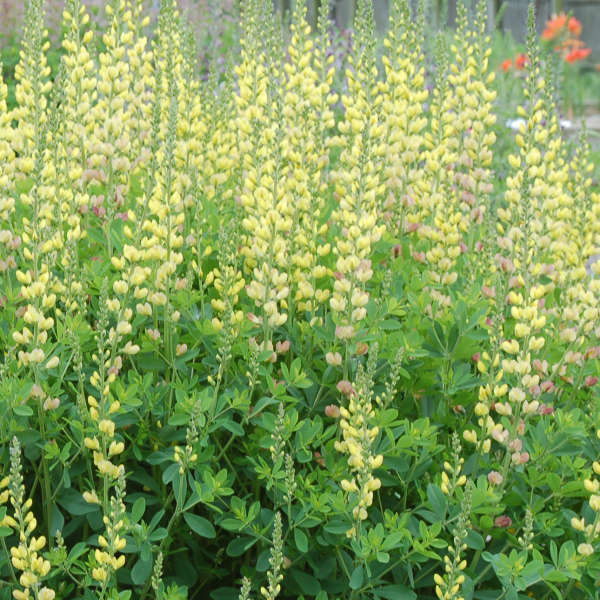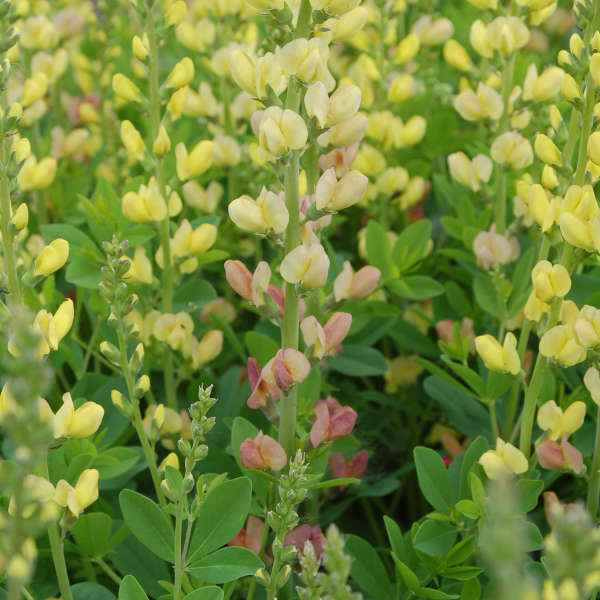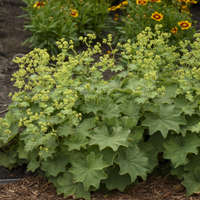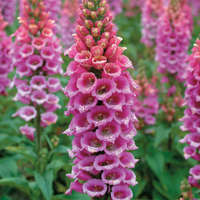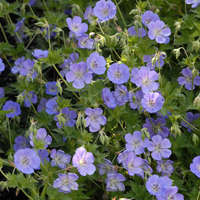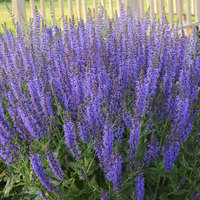Baptisia SOLAR FLARE PRAIRIEBLUES™ ('Solar Flare' PP20408)
PRAIRIEBLUES™ Collection
Common Name: False Indigo
Developed by Dr. Jim Ault of the Chicago Botanic Garden, this is a selection from open-pollinated seed collected from a complex hybrid of Baptisia.
SOLAR FLARE PRAIRIEBLUES™ has a unique flower color all its own. From late spring into early summer, the pea-like blossoms open lemon yellow, then take on a rusty orange blush as they age. Both yellow and orange flowers are present at the same time on the impressive 12-18 inch long spikes.
The large, shrub-like plant has blue-green foliage and an upright vase-shaped habit. It is reported to be a very vigorous grower with mature clumps bearing over 100 flowering stalks.
Baptisia is easy to grow and will thrive with little maintenance. There are many potential applications in the landscape including meadow plantings, as a backdrop in borders, or as a specimen. Plants are very long-lived once established.
